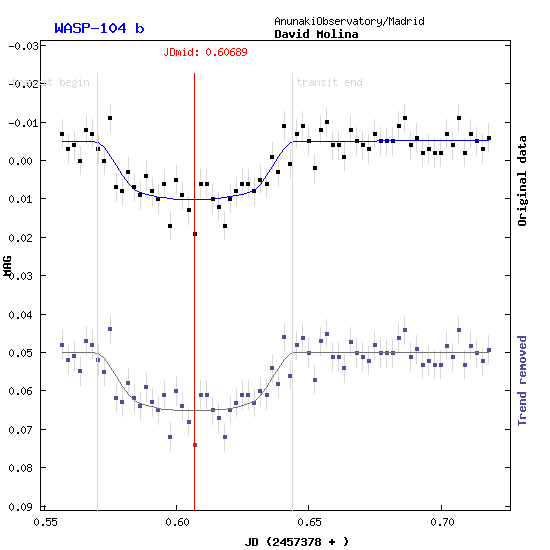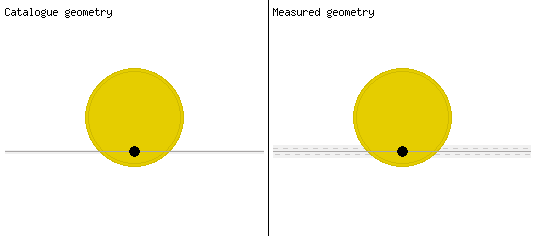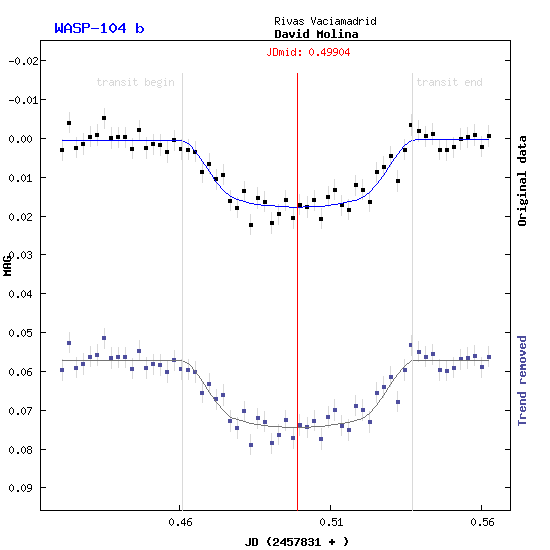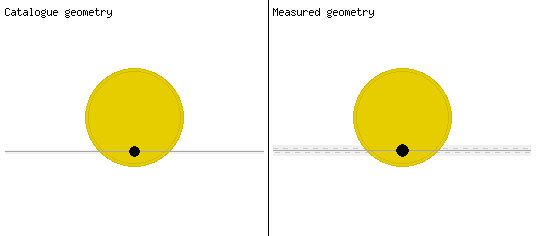WASP-104b is a hot Jupiter — a gaseous planet the size of Jupiter — that lies 466 light-years from Earth in the constellation Leo. Its particularity is that it is as dark as coal. In fact, this is precisely how the researchers from Keele University (United Kingdom) described it in the journal arxiv.org1 in mid-April 2018.
However, WASP-104b was discovered in 2014 as part of the Wide Angle Search for Planets project, although at the time it was believed that it was a fairly typical gas giant and that it only clashed with the challenge of “Hot Jupiters by the speed of its orbit”. It was later that the Kepler space telescope allowed to observe its particularities in greater detail. And it is said that there are only two planets darker than him: TrES-2b, and WASP-12b, with whose reflectance he has been compared.2
It is a giant that orbits its star once every 1.75 days and is practically in the dark despite its proximity to the Sun. Specifically, it absorbs between 97% and 99% of visible light. The explanation is simple: the planet is composed of sodium and potassium (those responsible for this light absorption). In addition, precisely its proximity to the Sun places its surface at a temperature that exceeds 1,200 degrees Celsius; a radiation that has also fulminated its atmosphere and clouds and enveloped it in mists.
Although it is in the dark it has been discovered from its shadow. And it is that when a star crosses in front of its star, it covers or hides a small part of its light and, consequently, shows its shape. This is called the transit method and, in short, it consists of observing and measuring how much a star dims as a planet transits it.
Despite its darkness and if we could see it with our own eyes, we would not see a completely black planet, but would observe one with purple and reddish flashes. Estimates that the researchers hope will reveal the next generation of telescopes -they are expected by 2020-, devices that will have the sensitivity to capture these nuances commented.
https://arxiv.org/abs/1408.0887










